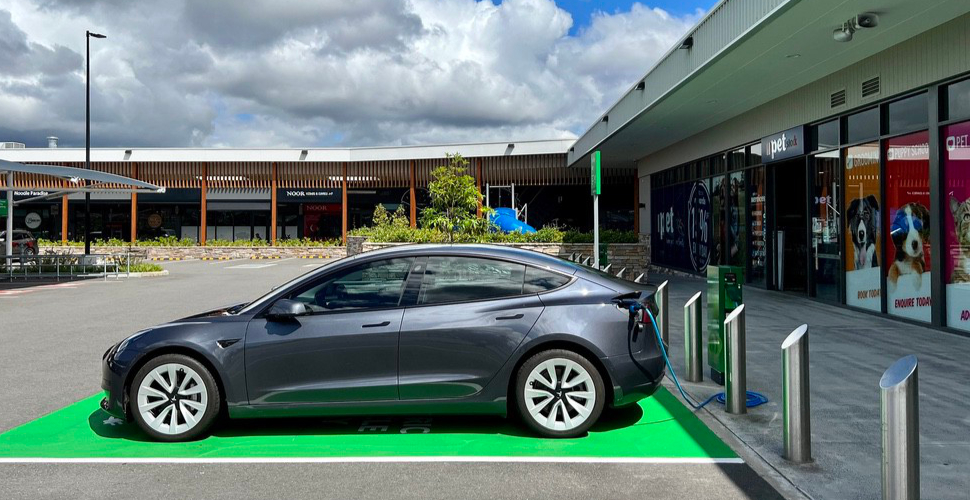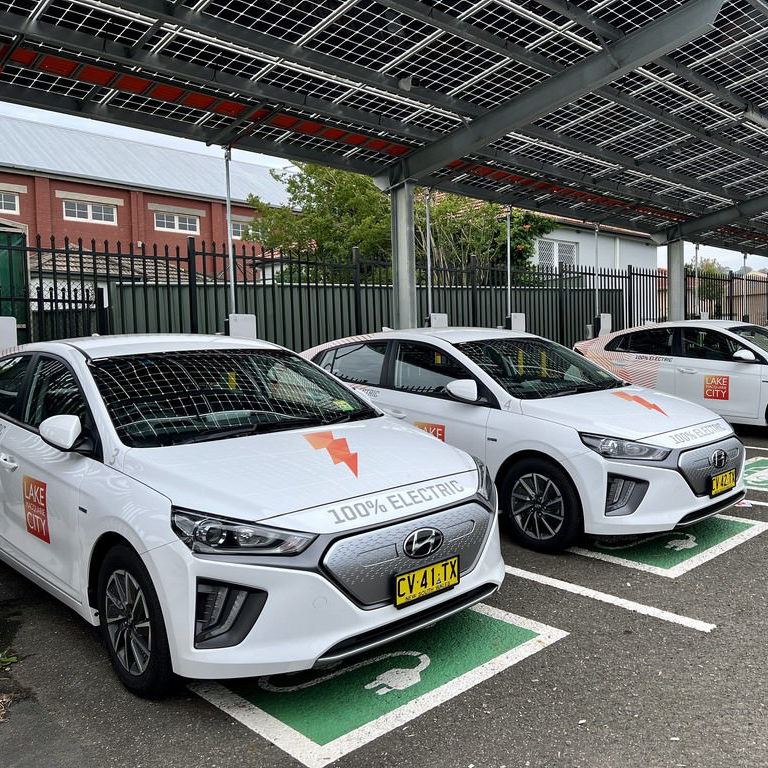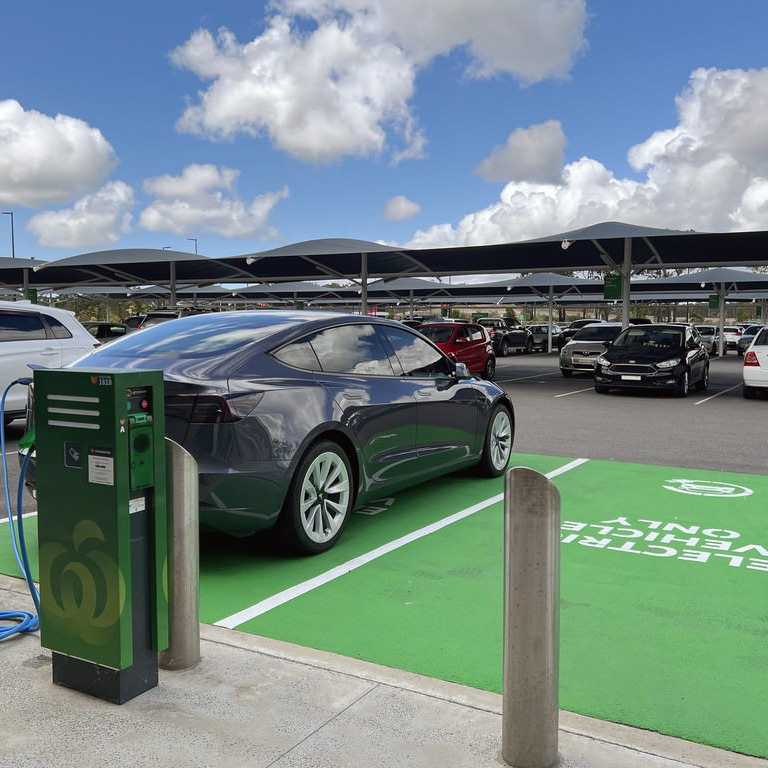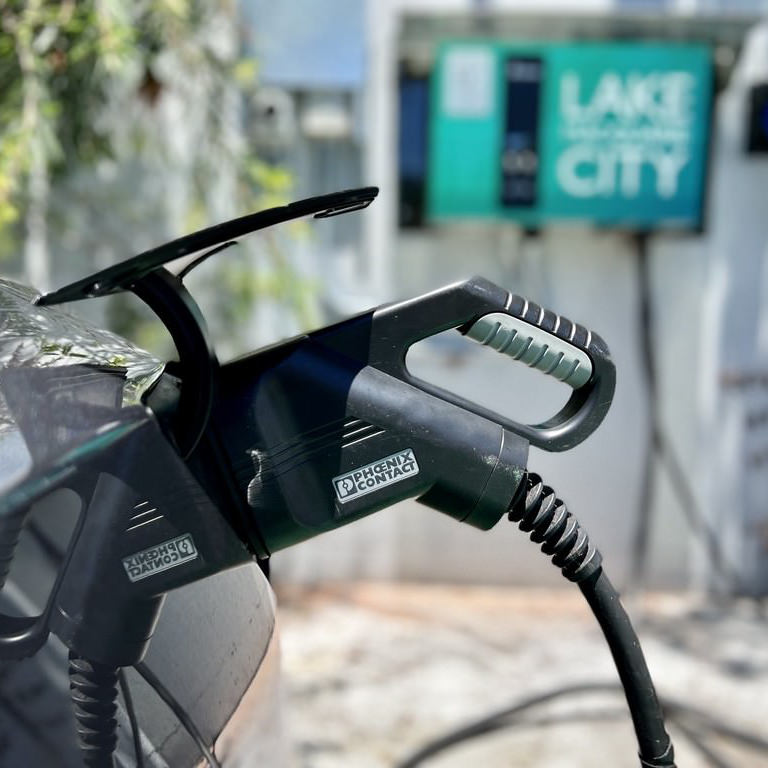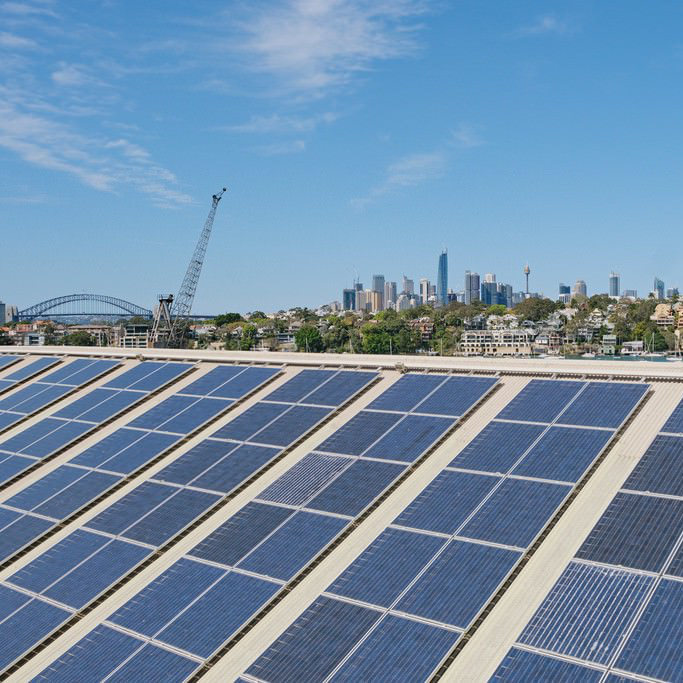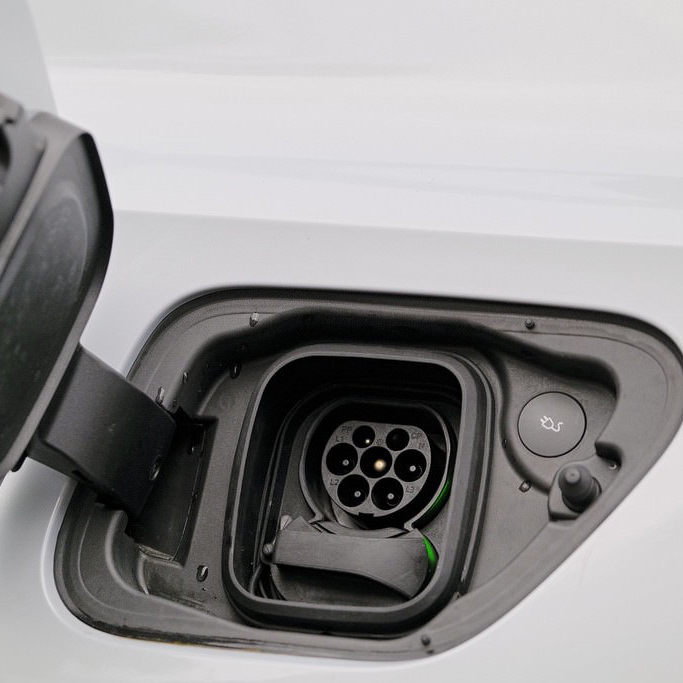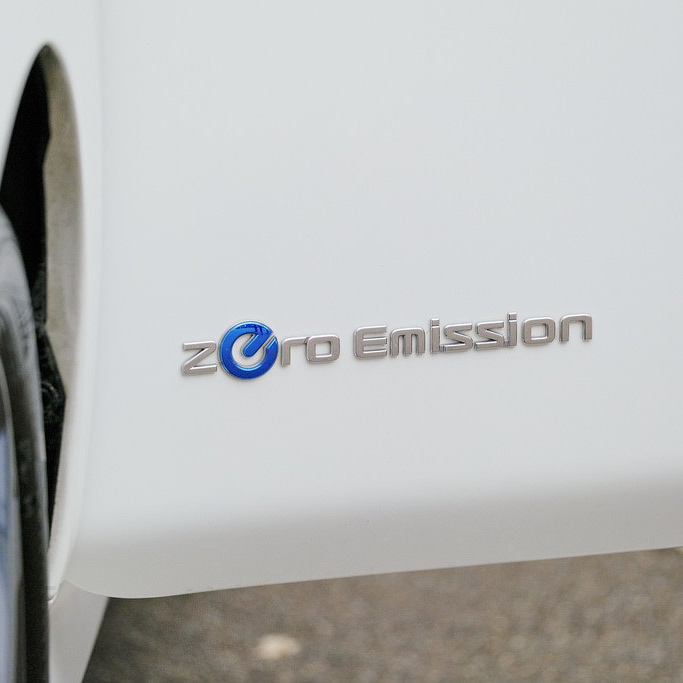Countering FUD
FUD stands for “Fear, Uncertainty and Doubt”. It is a communication tactic used to spread negative or misleading information about a product, service, or idea with the intention of creating fear, uncertainty, and doubt among consumers or the target audience. The purpose of using FUD is to undermine the credibility or reputation of a competitor or an alternative solution and to sway opinions in favor of the FUD promoter.
Key characteristics of FUD include:
-
Fear: FUD aims to instill fear in the minds of consumers by highlighting potential risks or negative consequences associated with a competing product or idea. It may exaggerate or overstate the risks to create a sense of alarm. (Exploding batteries)
-
Uncertainty: FUD exploits uncertainties or lack of clarity around a product’s features, capabilities, or performance. By casting doubt on the reliability or effectiveness of the competition, FUD seeks to make consumers hesitant about choosing alternatives. (Range anxiety)
-
Doubt: FUD sows doubt in the minds of consumers by questioning the legitimacy, safety, or value of a competitor’s offering. It may raise hypothetical concerns without providing concrete evidence.
-
Misinformation: FUD may involve spreading false or misleading information to create negative perceptions about a rival product or concept.
-
Competitive Strategy: FUD is often used as a competitive strategy by companies or individuals seeking to gain an advantage in the marketplace or promote their own products by undermining the competition.
-
Emotional Manipulation: FUD appeals to emotions and biases to influence decision-making, playing on consumers’ anxieties and concerns.
-
Rebuttal Challenges: Responding to FUD can be challenging for the target, as it often involves dispelling misconceptions, providing evidence, and addressing emotional responses.
FUD can be encountered in various industries, including technology, politics, finance, and marketing. As consumers, it’s essential to critically evaluate information and seek credible sources before making decisions based on fear, uncertainty, or doubt. For (automotive) companies, adopting transparent and evidence-based communication (like LCA’s) can help counteract the effects of FUD and build trust with customers.
Greenwashing
The other side if FUD is of course Greenwashing, which is a deceptive marketing or communication practice used by companies to portray themselves or their products as environmentally friendly or sustainable when, in reality, they may not be. To avoid falling victim to greenwashing, consumers should look for credible certifications, conduct research, and support companies with transparent and genuine sustainability practices. Being informed and critical about environmental claims can help ensure that consumers contribute to positive environmental change rather than inadvertently supporting misleading practices.
Environmental and sustainability claims under the Australian Consumer Law.
Greenhushing
When a business intentionally hides information about its sustainability practices to evade scrutiny and criticism, that’s called Greenhushing. Companies may refrain from openly discussing the positive steps they are taking towards sustainability, fearing that any imperfections could be misinterpreted. As a consequence, consumers and stakeholders are left uninformed, uneducated and uninspirated about the actual progress being made.
Bullshit Asymmetry Principle
The Bullshit Asymmetry Principle, commonly known as Brandolini’s Law, is a succinct observation regarding the nature of discussions and debates, particularly in the context of information, misinformation, and the effort required to counteract false or misleading claims. The principle was coined by Alberto Brandolini, an Italian programmer and consultant.
The principle essentially states:
“The amount of energy needed to refute bullshit is an order of magnitude bigger than to produce it.”
In other words, false or misleading information can be generated and spread relatively easily, often without rigorous research or evidence. However, debunking or refuting such false claims requires significantly more effort, time, and resources. This principle highlights the inherent asymmetry between creating baseless or misleading content and the resources needed to provide accurate information that corrects or counters these claims.
The Bullshit Asymmetry Principle is a reminder of the challenges faced by those who aim to counter misinformation and promote accurate understanding in various contexts, including debates, social media, news, and public discourse. It emphasizes the importance of critical thinking, fact-checking, and responsible communication to combat the spread of misinformation and ensure well-informed discussions.
The Underestimated Potential of Battery Electric Vehicles to Reduce Emissions
The Underestimated Potential of Battery Electric Vehicles to Reduce Emissions (Hoestra/Eindhoven University of Technology) (Gruene Bundestag - German)
Comparing the lifetime green house gas emissions of electric cars with the emissions of cars using gasoline or diesel
The TU/e researchers identified six methodological weaknesses that unfairly portrayed electric cars in a negative light. Initially, the estimated CO2 emissions from battery production were too high at 175 kg per kWh. However, with more efficient production and improved life cycle assessment, the realistic figure now stands at 75 kg per kWh. Previous studies assumed a battery service life of 150,000 km, but the TU/e accepts 250,000 km, which can be even higher, as this Tesla Model S hit the 1 million kilometer mark in 2019, and the 1 million miles mark in 2022, on the same battery (but going through multiple motors though). Furthermore, studies mistakenly assumed a constant share of renewable energies in electricity production over the years, not taking into account additional RE coming online. To determine the fuel consumption of combustion engines, the Eindhoven team relied on realworld measurements, as opposed to the WLTP standard. And diesel and gasoline production emissions were underestimated too, contributing to a 24% and 30% increase in CO2 emissions for the ICE cars, respectively. The sixth issue lies in the lack of projection. While all aspects of electric car production and operation are expected to improve, the same progress cannot be expected for combustion engines, which may remain stagnant in terms of efficiency and emissions.
A global comparison of the life cycle greenhouse gas emissions of combustion engine and electric passenger cars
This study is a life cycle assessment (LCA) of the GHG emissions of passenger cars in China, Europe, India, and the United States, four markets that are home to the majority of global new passenger car sales and reflect much of the variety in the global vehicle market. The study also analyzed the development of the average blend of biofuels and biogas in fossil diesel, gasoline, and natural gas based on current policies and projected supply.
A global comparison of the life cycle greenhouse gas emissions of combustion engine and electric passenger cars - PDF (ICCT)
When, where and how can the electrification of passenger cars reduce greenhouse gas emissions?
Paul Scherrer Institute’s (part of Swiss Competence Center for Energy Research) Carculator is an open-source, comprehensive and transparent life cycle assessment tool for passenger cars. It allows for an economic and environmental evaluation of different types of cars under several driving and energy supply scenarios. Results partly rely on the background inventory data of ecoinvent v3.6, and the implementation of impact assessment methods therein.
https://www.carculator.psi.ch/display_quick_results/AU
Based on this research.
EPA - Greenhouse Gases Equivalencies Calculator
IEA - Comparative life-cycle greenhouse gas emisions of a mid-sized BEV and ICE veicle (IEA - Argonne National Laboratory)
The Role of Critical Minerals in Clean Energy Transitions
The transition to a clean energy system is expected to significantly raise the demand for minerals, making the energy sector a prominent player in mineral markets. Historically, the energy sector accounted for a small portion of total mineral demand until the mid-2010s. But with the rapid progress of energy transitions, clean energy technologies are now driving the fastest-growing segment of mineral demand.
The Role of Critical Minerals in Clean Energy Transitions and executive summary (IEA).
Global carbon intensity of crude oil production
Producing, transporting, and refining crude oil into fuels such as gasoline and diesel accounts for ~15 to ~40% of the “well-to-wheels” life cycle greenhouse gas (GHG) emissions of transport fuels.
Global carbon intensity of crude oil production (Stanford University)
Assessing Global Oil production (Carnegie Endowment)
CO2 Emisions by Fuel Type (and Capita)
A look at the breakdown of CO2 emissions by fuel type, looking at the largest emitters of the past; the largest emitters today; and how these compare when we look at per capita adjustments.
CO2 emissions by fuel (Our World in Data)

